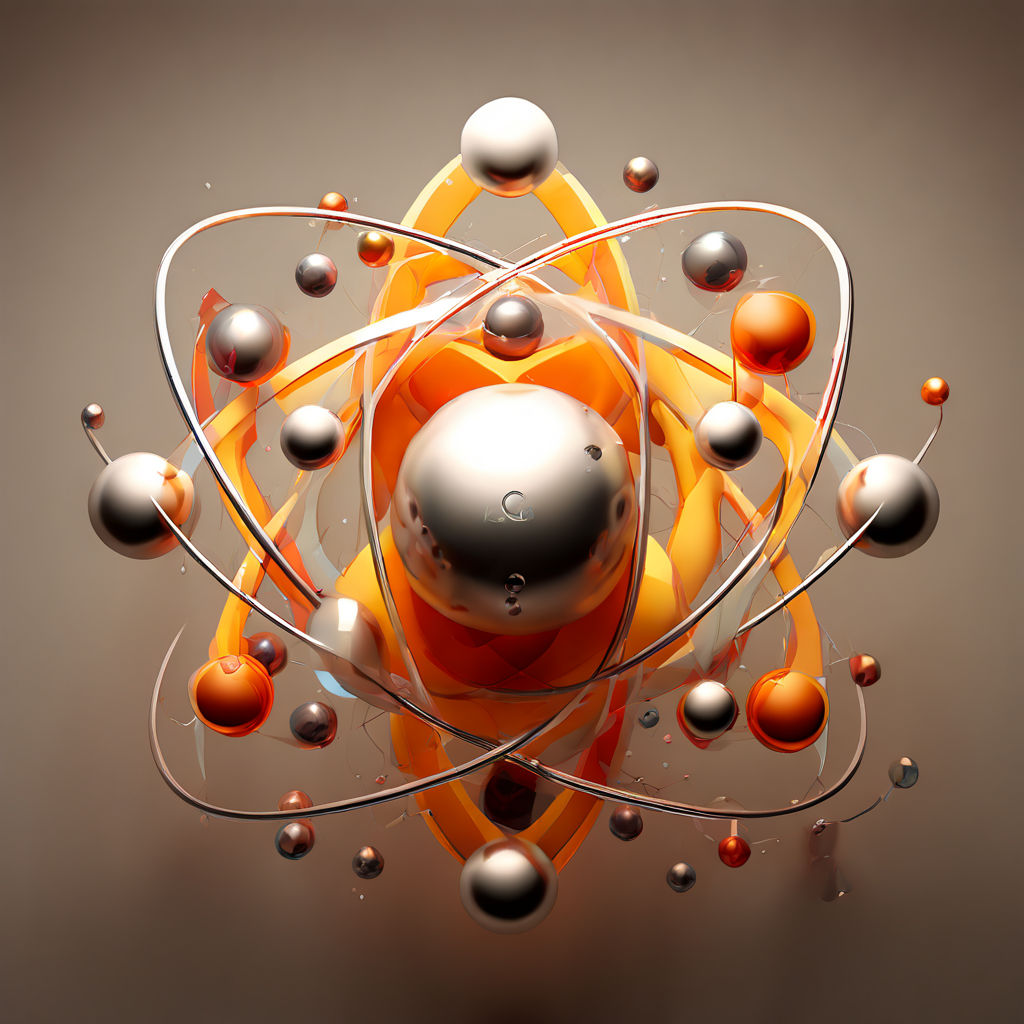KEY KNOWLEDGE
- The relative isotopic masses of isotopes of elements and their values on the scale in which the relative isotopic mass of the carbon-12 isotope is assigned a value of 12 exactly.
- Determination of the relative atomic mass of an element using mass spectrometry (details of instrument not required)
| VCE Chemistry Unit | How can the diversity of materials be explained? | |
| Area of Study | How are materials quantified and classified? | |
| Topic | Mole Concept: Quantifying atoms and compounds | |
| Subtopics | Relative isotopic mass and the carbon-12 scale Relative atomic mass of an element using mass spectrometry |
What contributes to the mass of an atom? Protons (p) and Neutrons (n)! The atom of an element is defined by the number of p it has, which is the atomic number. For example, Hydrogen has 1 p, Helium has 2 p and Lithium has 3 p etc. But what about n? The nucleus is found in the center of an atom which is composed of p s and n s, in combination compose the mass of the atom. Mass number shows the total number of p s and n s inside nucleus. Therefore, mass number is always a whole number. The isotopic notation of an element summarizes this information about an atom (Figure 1). But then “WHY DO WE HAVE DECIMALS ON THE PERIODIC TABLE FOR THE MASS OF EACH ELEMENT?” (Figure 2)
A mass spectrometer is used to determine the relative masses of different isotopes.
The Mass spectrometer
The mass spectrum, is generated in 4 stages in the equipment, mass spectrometer.
Stage 1- Ionization: The sample is ionized, meaning atoms or molecules are given a positive or negative charge. This can be done through various methods like electron impact, where atoms are bombarded with electrons in the ionising chamber.
Stage 2- Acceleration: The ions are accelerated through an electric field, giving them kinetic energy proportional to their charge. This acceleration ensures that all ions have the same kinetic energy regardless of their mass.
Stage 3- Deflection: The ions are then passed through a magnetic field. Since the ions have the same kinetic energy but different masses, they will experience different amounts of deflection based on their mass-to-charge ratio (m/z). Heavier ions will deflect less than lighter ions.
Stage 4 – Detection: Finally, the ions are detected based on their mass-to-charge ratio. This information is used to create a mass spectrum, which shows the abundance of ions at each mass-to-charge ratio.
Once the mass-to-charge ratios are determined, the relative isotopic mass of each isotope can be precisely measured. Isotopes with different masses will produce peaks at slightly different m/z values in the mass spectrum. By accurately measuring the positions of these peaks, the relative isotopic masses can be determined.
Mass spectrum
Reading and analysing a mass spectrum involves several key steps:
Identify Peaks: Peaks in a mass spectrum represent ions with different mass-to-charge ratios (m/z). Each peak corresponds to a different ion species present in the sample.
Analyse Isotopic Patterns: Isotopes of elements contribute to the formation of isotopic peaks in the spectrum. These peaks appear at slightly different m/z values due to the presence of different isotopes.
- The number of peaks shows the number of isotopes present in the element.
- The height of the peak, given in the Y axis, represents the relative abundancy of the isotope.
- The position of the isotopic peaks shows the Relative Isotopic Mass of the isotope shown by the X axis of the mass spectrum.
Relative Atomic Mass: symbol – Ar
Weighted average mass of all isotopes of a particular element relative to Carbon 12 is called Relative Atomic Mass (Ar ). Everything is measured against carbon as the atomic mass of carbon is the closest to a whole number.
Relative Atomic Mass = (relative isotopic mass of isotope 1 × % abundance) + (relative isotopic mass of isotope 2 × % abundance) / 100
Example:
Relative isotopic mass
The relative isotopic mass is a measure of the mass of one atom of the element.
Relative Isotopic mass is measured against Carbon-12
By international agreement, the mass of an atom of carbon-12 is given as 12 unified atomic mass units (u). Therefore, 1 u is the 1/12th the mass of an atom of carbon-12.
Why is Carbon used as the reference for all atomic mass? Why not use hydrogen (1 proton, 1 electron) or oxygen?
We tried using Oxygen to be the relative atomic mass to every other element on the periodic table because it was combines with a lot of things (e.g. O2, CO2) to make many oxides. But oxygen has a few isotopes (O-16, O-17 and O-18). This measurement made oxygen not very accurate to compare to and it ends up being horribly confusing. Same with hydrogen.
Carbon has 6 protons and 6 neutrons to make a perfect 12! Carbon-12 was generally agreed upon by scientists, therefore “relative isotopic mass” is isotopic mass that is relative to Carbon-12.
Relative Isotopic Mass (RIM) = (Mass of an atom of an isotope × 12) / Mass of a C-12 atom
Mass spectrometer can very precisely measure the relative masses of atoms.
Relative Atomic Mass (RAM) = ((RIM of first isotope × % abundancy) + (RIM of second isotope × % abundancy)) / 100

